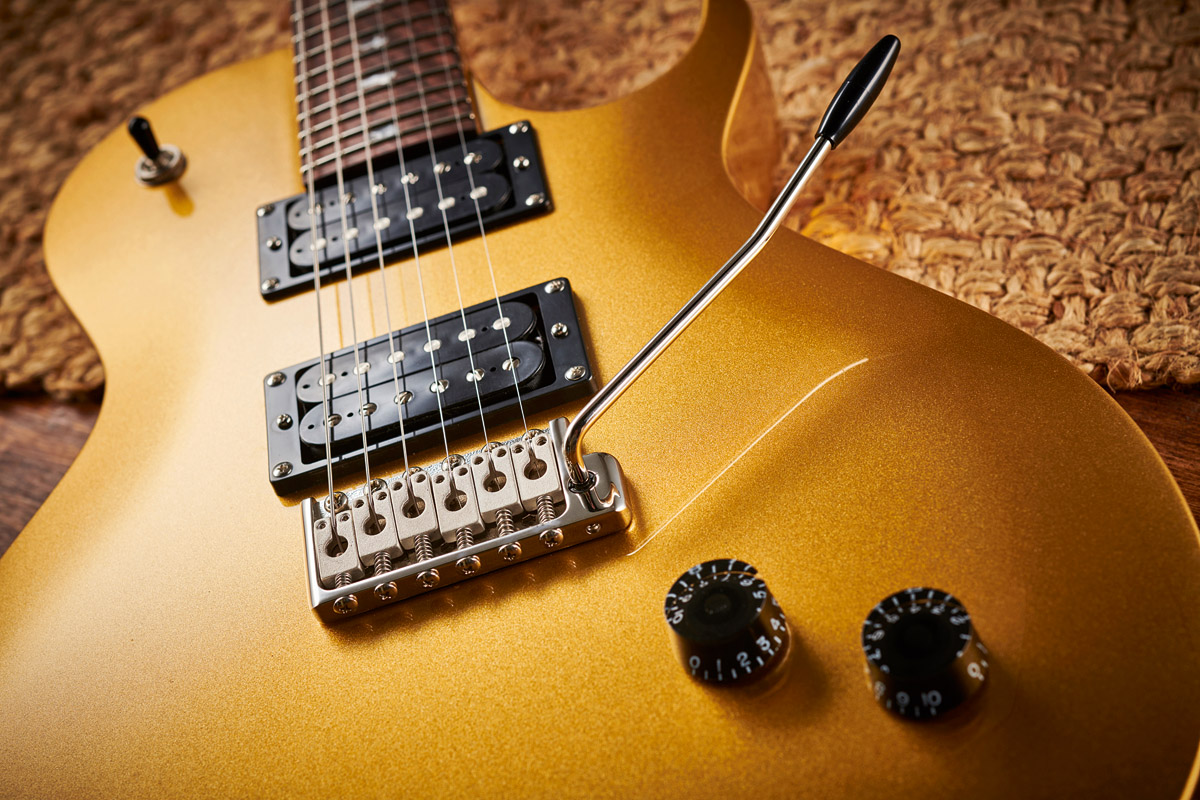Guitar World Verdict
Further proof that, on the eve of its 35th anniversary, PRS is upping its game, particularly in its most affordable SE range.
Pros
- +
Big, beefy tones with clarity and definition.
- +
A very nicely voiced Singlecut that’s more than worth
- +
the asking price.
Cons
- -
One colour.
- -
No left-handers.
- -
No single-coil switching.
You can trust Guitar World
Carlos Santana has been playing PRS guitars virtually exclusively since the early 80s. He’s mainly preferred the pre-production style that Paul himself made before he redesigned both the body and headstock shape to what we know as the Custom – the basis for the modern PRS guitar.
Initially, it was a little odd that you couldn’t buy a replica of Carlos’s guitar (that came a little later), but when PRS finally decided to make a more affordable offshore range, the SE, the first model was a Santana signature.
The peaks and troughs of Santana’s career aside, we’d guess more people have seen and heard a PRS in the hands of Carlos than any other. In recent years, however, he’s switched from that original-style double-cut to the later Singlecut design, most notably a gold-leaf-topped model that this latest signature references.
It’s an unusual beast: a Les Paul-style single-cut with 24 frets and vibrato but just two controls. We can’t think of another like it…
While the Singlecut Trem isn’t a new style for PRS (Mark Tremonti currently has his SE Standard and Custom, as well as the Tremonti Signature in the Core range), this new Santana model adds two frets, like the 2019 double-cut SE and Core models with which Santana is more associated.
Another difference is that this SE retains the single volume and tone setup of his double-cut guitars, as opposed to the four-control layout of the gold-leaf Singlecut and Tremonti models. It’s an unusual beast: a Les Paul-style single-cut with 24 frets and vibrato but just two controls. We can’t think of another like it…
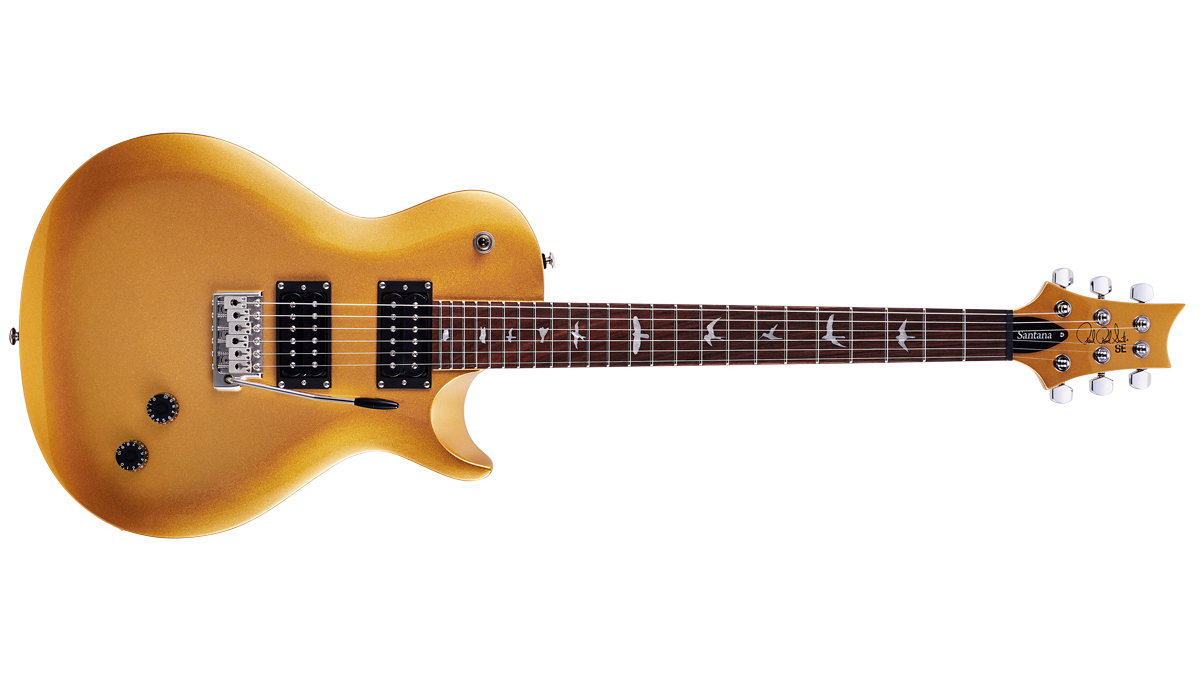
The guitar is entirely covered in a rather fetching metallic Egyptian gold finish and, aside from the rosewood fingerboard, you can’t see any wood, which is apparently all mahogany (body and neck) with no maple cap. It’s certainly a big, beefy Singlecut, too, with a body depth of just over 54mm, the same as the SE Tremonti Standard but a little thinner than the Core Singlecuts, and a Les Paul, which usually aims for 60mm.
That said, the rim depth is similar to a Les Paul at 50mm, illustrating that the top carve is shallower with none of the concave violin-like dishing; this model has a light convex arch tapering down to the edge from its flat centre. The top edge has a small, tight radius, which is increased on the back edge, and we have a rib-cage contour.
All the latest guitar news, interviews, lessons, reviews, deals and more, direct to your inbox!
The extra frets mean that the neck sits slightly further into the body and, as a result, the hallmark dishing in the treble cutaway appears noticeably bigger than our reference early year USA Singlecut. This and the slightly shorter scale length (622mm) also means that the dual-humbuckers are relatively closely spaced.
The pickups themselves are offshore ‘S’ versions of the TCI ‘tuned’ pickups as we’ve seen already this year on the SE Paul’s Guitar, although Carlos preferred to run them simply as humbuckers with no true single-coil mode.
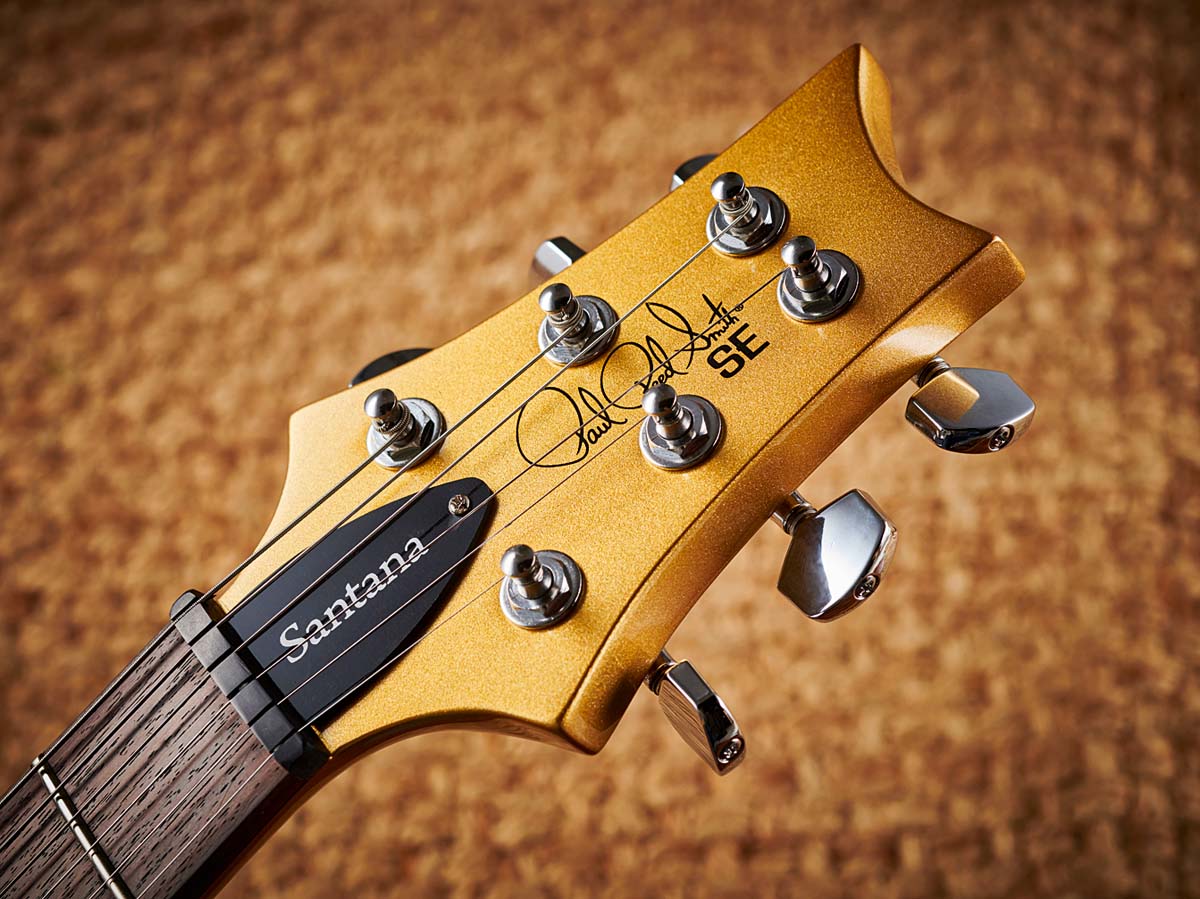
Hardware is of a typically good standard, but if you’re going to use the vibrato heavily you might consider upgrading to locking tuners (which, coincidentally, have just become available as an aftermarket upgrade from PRS).
At least here we don’t get the string splay over the nut of many other single-cuts. Put your strings on properly and stretch them, and you’ll be surprised with the return to pitch and overall stability.
The old-school Wide Fat profile neck feels like an old friend and really not a million miles away from our early USA Singlecut; if anything, the SE’s neck feels slightly fuller.
The rear vibrato cover is a little thick and not recessed, but many would simply remove it. Removing the triangular control cover we see a very simple circuit with just a pair of audio taper Alpha 500kohm pots. The tone cap is .022 microfarads and it’s wired modern-style. There’s no treble bleed circuit, but there is an additional resistor (820kohms) that’s placed in parallel across the front of the volume pot.
If that volume pot actually measures 500k, it brings down the resistance to 310k, which is what both pickups are seeing. It’s one part of the ‘tuning’ that’s behind the TCI concept.
Feel & sounds
Okay, this is no lightweight Singlecut. It’s chunky and weighs in at 4.12kg (9.1lb). Like the SE Paul’s Guitar, the Santana is made in Indonesia at a PRS-exclusive facility in partnership with Cor-Tek – and, once again, we’re highly impressed. Overall finishing is very smart, but the fretwork, from standard SE gauge (around 2.7mm wide and 1.14mm high), is superb, along with well-rounded fingerboard edges. Good craft.
The old-school Wide Fat profile neck feels like an old friend and really not a million miles away from our early USA Singlecut; if anything, the SE’s neck feels slightly fuller. Plugging in that near 20-year-old guitar to warm up our test amps, we’re reminded of the thick, strong voicing of PRS’s Singlecut back then.
This Santana Singlecut retains that girth but seems a little more refined and, although we’re not exactly comparing apples with apples (we have a vibrato here, a different scale length and different pickups), it holds its own with a very clear voice that’s crisp but not harsh at the bridge and smooth yet still defined at the neck.
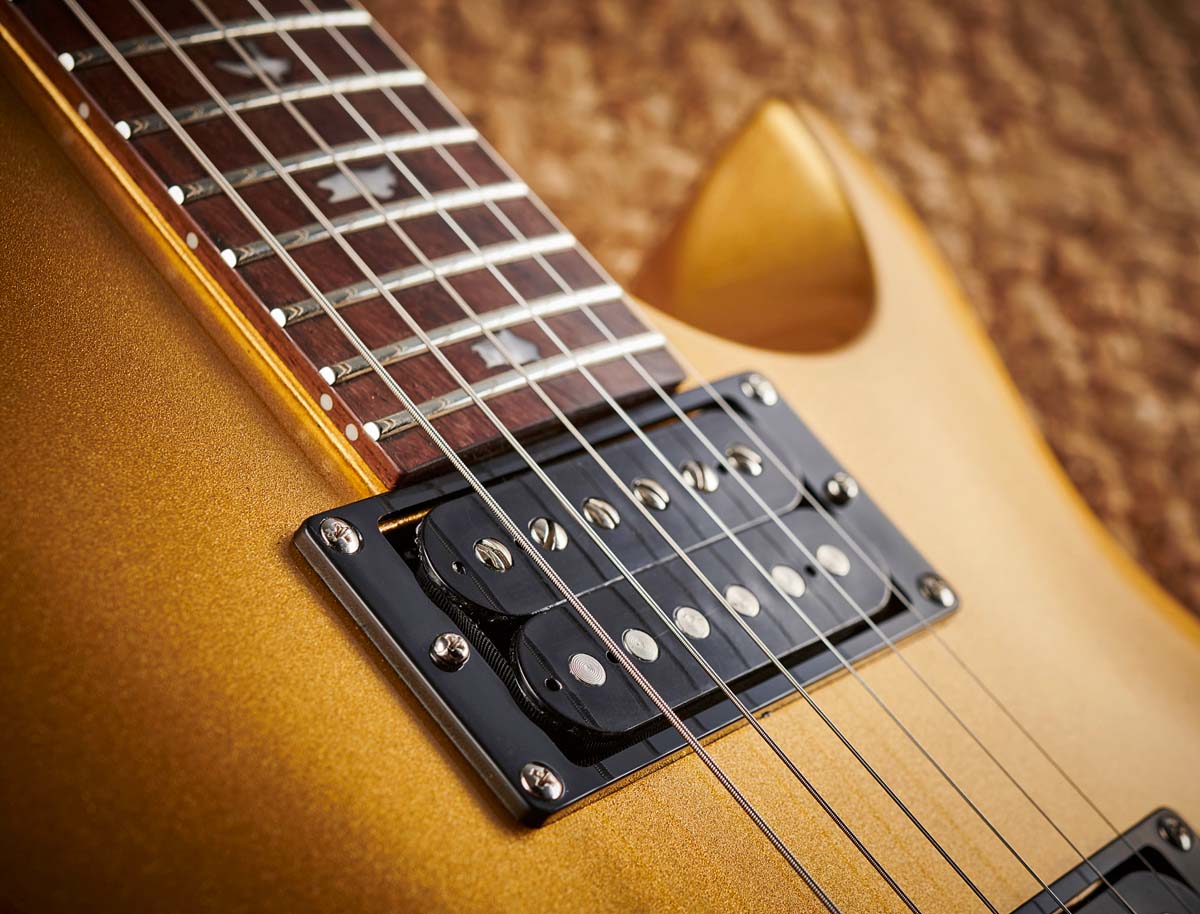
The offshore TCI ‘S’ humbuckers are very close to those featured on the SE Paul’s Guitar. One difference is that they don’t have the single-coil switching. The bridge has a measured DCR of 10.53kohms and the neck is 10.26k.
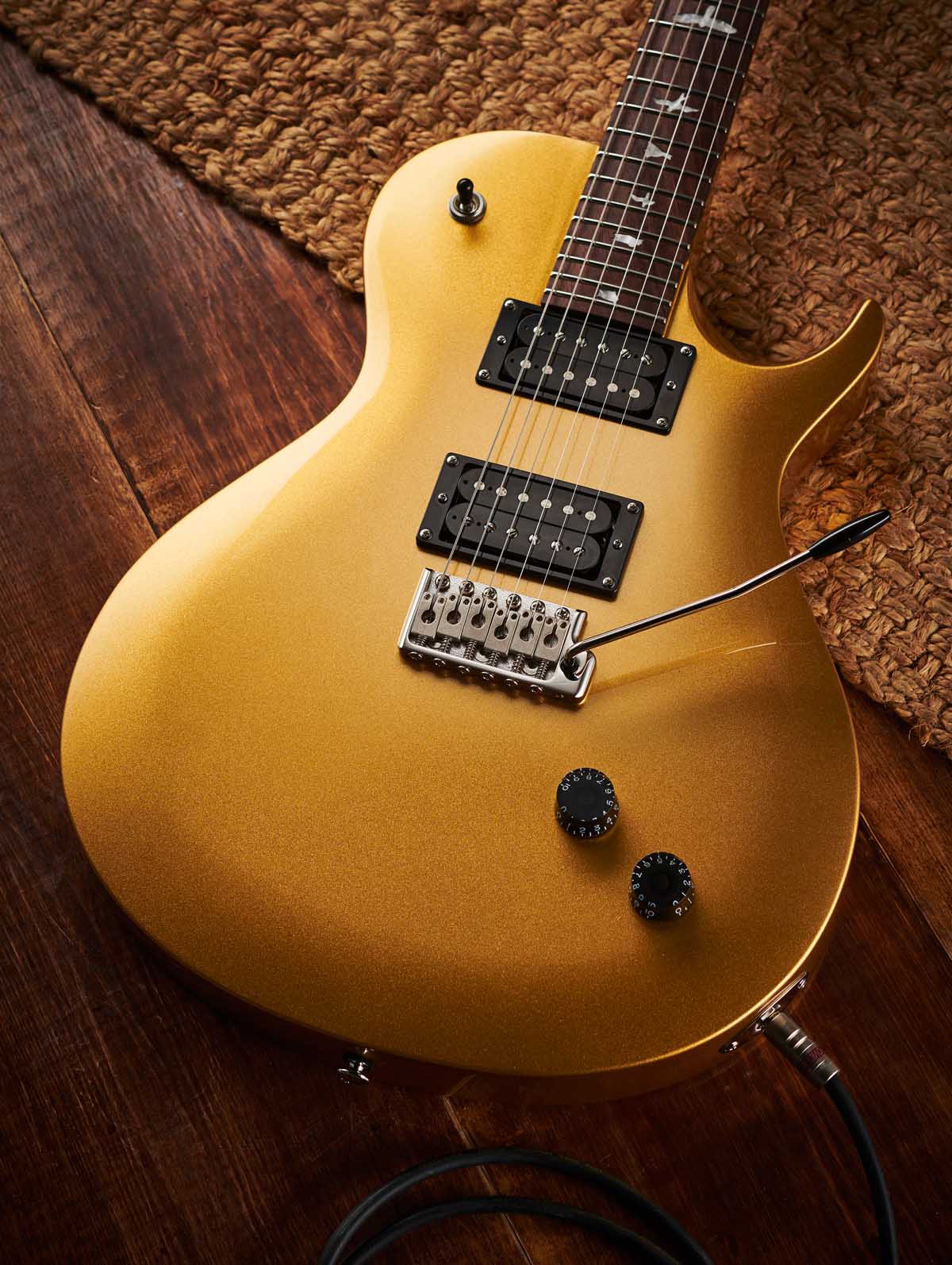
Santana’s latest is an unusual 24-fret Singlecut with a ‘short’ scale of 622mm (24.5 inches). Note the deep cutaway on the treble horn.
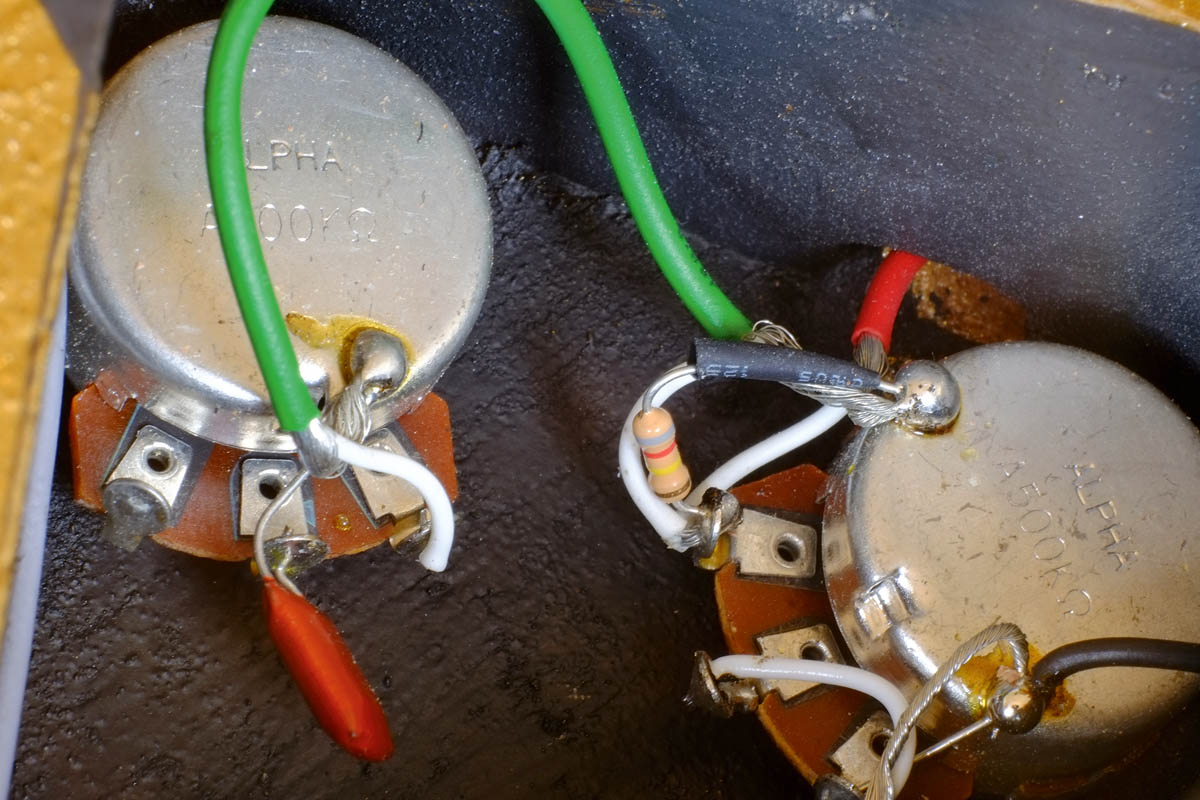
This is a very simple control circuit, but note the added resistor across the volume control that effectively reduces the value of the volume. It’s all part of the TCI tuning concept.
There’s plenty of Singlecut/Les Paul character to the sustain envelope, so lower-position, open and barre chords have a huge ring to them – but, again, there’s definition and less mud. Cranking up the gain, things remain that way, too, with more of a vocal snarl emerging. Overall, it’s relatively hot ’n’ spicy but with a good spread of flavour.
The actual pickup mix works very well, with plenty of texture and bounce and, as you’d expect, the volume softens the attack when reduced or adds a little sizzle back at full throttle. We’ve heard a few sets of these TCI pickups now and, although different and on different platforms, there’s a unifying clarity – a purity, if you like – that is extremely musical both at pretty high gains or played much cleaner. This is no different.
Verdict
Just as many players view a Strat-style guitar with a hardtail bridge as a no-no, even more might see a single-cut Les Paul-style guitar with a vibrato as equally odd, let alone one with a relatively short scale and 24 frets.
Yet this mash-up of elements produces quite a unique voice that’s big and robust – a very musical voice without the cloudy thickness of many generic single-cuts, certainly at this price. It’s not limited to Carlos’s signature style, either.
That said, it is a little frustrating that we don’t get the true single-coil voicing of the SE Paul’s Guitar, for example, or even independent volumes and tones.
Conversely, this very direct drive makes you focus on the music. Plus it’s further proof that, on the eve of its 35th anniversary, PRS is upping its game, particularly in its most affordable SE range.
Specs
- PRICE: $/£799 (inc gigbag)
- ORIGIN: Indonesia
- TYPE: Single-cutaway solidbody electric
- BODY: Mahogany
- NECK: Mahogany, Wide Fat profile, glued-in
- SCALE LENGTH: 622mm (24.5”)
- NUT/WIDTH: Friction reducing/42.83mm
- FINGERBOARD: Rosewood, pearloid bird inlays, 254mm (10”) radius
- FRETS: 24, medium
- HARDWARE: PRS patented vibrato (cast), PRS designed tuners– nickel-plated
- STRING SPACING, BRIDGE: 52.5mm
- ELECTRICS: PRS TCI ‘S’ Treble and Bass humbuckers, 3-way toggle pickup selector switch, master volume and tone
- WEIGHT (kg/lb): 4.12/9.1
- OPTIONS: None
- RANGE OPTIONS: The double-cut 24-fret SE Santana also costs $/£799; the Core Santana Retro starts at $4,630 (£3,900). Other single-cut models with vibrato include the SE Mark Tremonti Standard ($599, £475), SE Mark Tremonti Custom ($779, £799) and Core Tremonti (from $3,700, £3,499)
- LEFT-HANDERS: No
- FINISHES: Egyptian Gold only (as reviewed)
- PRSGuitars

Dave Burrluck is one of the world’s most experienced guitar journalists, who started writing back in the '80s for International Musician and Recording World, co-founded The Guitar Magazine and has been the Gear Reviews Editor of Guitarist magazine for the past two decades. Along the way, Dave has been the sole author of The PRS Guitar Book and The Player's Guide to Guitar Maintenance as well as contributing to numerous other books on the electric guitar. Dave is an active gigging and recording musician and still finds time to make, repair and mod guitars, not least for Guitarist’s The Mod Squad.
